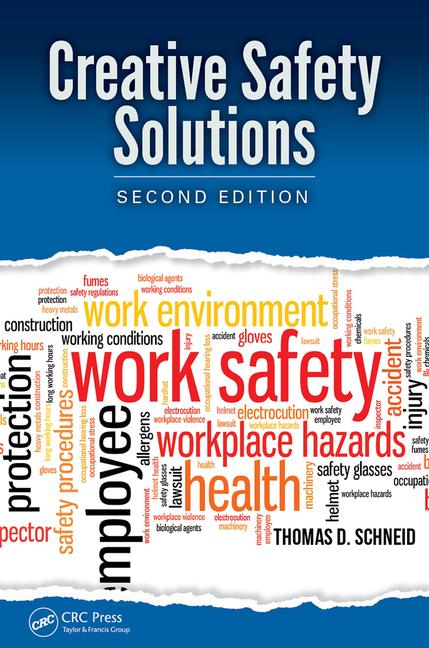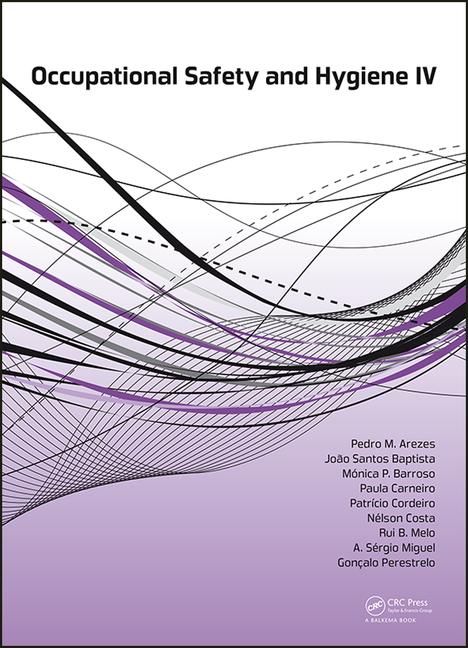Hearing loss is permanent but also entirely preventable

It is estimated that over 22 million workers are exposed to hazardous noise on the job and an additional nine million are at risk for hearing loss from other agents such as solvents and metals.
Currently the U.S. does not have a national surveillance or injury reporting system for hearing loss. The Bureau of Labor Statistics annually reports recorded hearing loss on OSHA Form 300. However, BLS data are not representative of the true magnitude of occupational hearing loss due to several barriers to the reporting system.
The Michigan Sensor program is one possible model for collecting reliable and representative data on hearing loss, but funding is lacking. So comprehensive data on the prevalence and economic impact of hearing loss are not available.
NIOSH has published two articles to estimate the national burden of hearing difficulty among workers in the U.S.: “Exposure to Hazardous Workplace Noise and Use of Hearing Protection Devices Among U.S. Workers—NHANES, 1999–2004” and “Hearing Difficulty Attributable to Employment by Industry and Occupation: An Analysis of the National Health Interview Survey—United States, 1997 to 2003.” The articles extrapolate data from the National Health and Nutrition Examination Survey (NHANES) of 9,275 employed workers to the entire working population. The analysis revealed:
- More than 22 million U.S. workers were exposed to hazardous workplace noise.
- Workers in the mining industry had the highest prevalence of workplace noise exposure with almost 3 out of 4 mining industry workers exposed. The mining industry has the second highest prevalence of hearing difficulty among all industrial sectors.
- Over one-third of all manufacturing workers (5.7 million workers total) reported exposure to loud noise.
- One in four manufacturing workers exposed to loud noise reported non-use of hearing protection devices.
Better surveillance can help NIOSH and others provide better prevention programs. As mentioned earlier, noise-induced hearing loss is entirely preventable but once acquired, hearing loss is permanent and irreversible. Prevention measures must be taken by employers and workers to ensure the protection of workers’ hearing. There are many solutions for eliminating noise in the workplace. Engineering noise control is the best approach to eliminate the problem. If that is not possible, administrative control of exposure and hearing protection are essential elements of a hearing conservation program. The NIOSH Noise and Hearing Loss Prevention Topic Page contains a Hearing Conservation Program Evaluation Checklist, a Hearing Conservation Toolbox, and a Compendium of Hearing Protection Devices, among other useful tools.
Source: NIOSH
Looking for a reprint of this article?
From high-res PDFs to custom plaques, order your copy today!







